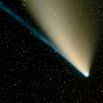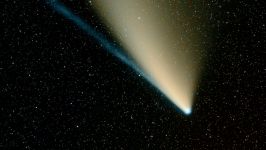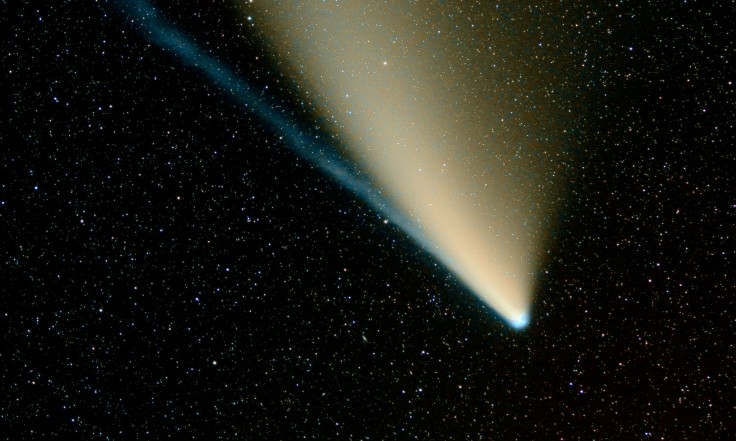
Our solar system is a cosmic highway, regularly hosting visitors from distant star systems. We have seen a few of these interstellar tourists before, like the bizarre 'Oumuamua and the more familiar 2I/Borisov. But the latest traveller to streak through our neighbourhood, a 'Manhattan-sized' object designated 3I/ATLAS, is not just passing through—it's forcing us to question the fundamental rules of chemistry.
For the first time in observational history, scientists have detected pure nickel gas venting from a comet, a chemical signature that baffles NASA and other space agencies because, until now, it was only associated with advanced industrial refining on Earth.
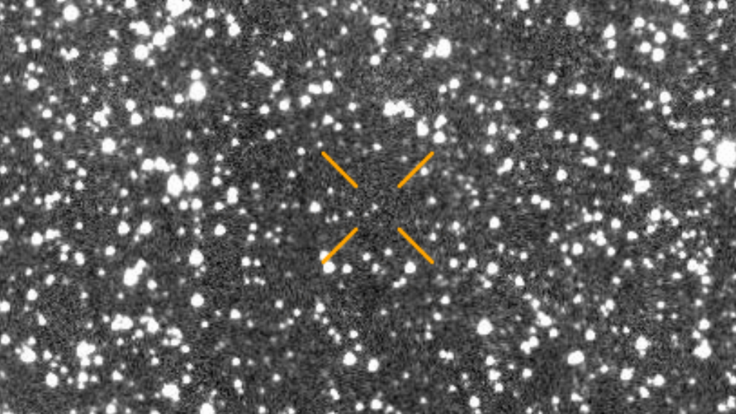
A Cosmic Conundrum: The 3I/ATLAS Nickel Anomaly
In the grand forge of the cosmos, nickel and iron are 'cosmic twins'. They are created together in the fiery hearts of dying stars and supernovae, blasted across the galaxy as a pair. Every comet, asteroid, and planet we have ever studied follows this simple rule: where you find nickel vapour, you find iron vapour.
3I/ATLAS just broke that rule.
Observations using the Very Large Telescope (VLT) in Chile detected a significant plume of nickel gas in the coma, the gassy shroud surrounding the object. Stunningly, the data showed almost no iron.
This discovery has sent shockwaves through the astronomical community. The chemical fingerprint is so unusual that it directly contradicts all known models of comet composition and has drawn comparisons to manufacturing processes.
Harvard astrophysicist Dr Avi Loeb, known for his bold theories, highlighted the strangeness of the finding. "There is only one place where that is known to exist and that is in industrially produced nickel alloys"', Loeb stated. "This was never observed for any other object"'.
More Than a Metal-Head: The Other Puzzles of 3I/ATLAS
The pure nickel signal is not the only thing that makes 3I/ATLAS a cosmic oddity. As scientists train more instruments on the visitor, the list of anomalies just keeps growing.
- A Paradoxical 'Atmosphere': Data from the James Webb and SPHEREx space telescopes revealed its gas plume is composed of 95 per cent carbon dioxide and only 5 per cent water. This ratio is paradoxical for a comet, which are typically 'dirty snowballs' rich in water ice.
- A Missing Tail: Unlike a typical comet, 3I/ATLAS lacks a classic tail of dust and gas pushed away from the Sun. Instead, some images have shown a jet of material pointing towards the Sun.
- A Suspicious Path: The object's trajectory is also raising eyebrows. It is perfectly aligned with the ecliptic plane, the flat disc upon which all our solar system's planetsorbit.
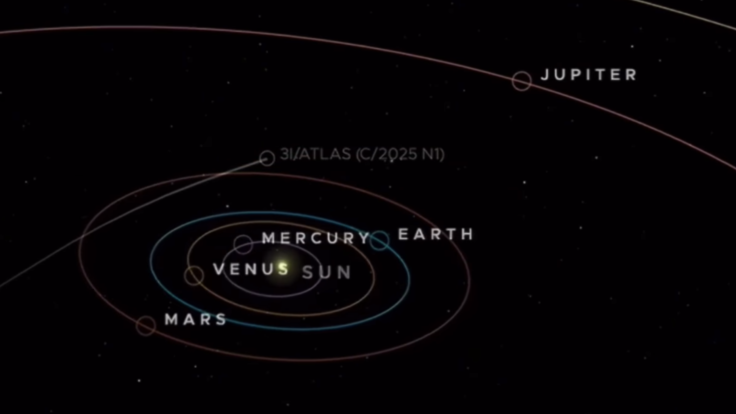
Natural Wonder or Alien Relic? The Great 3I/ATLAS Debate
This collection of bizarre characteristics has, predictably, split the scientific community and fuelled intense speculation, with reports of the mystery spreading across social media platforms like X.
Is this a new, exotic class of natural object, or is it something else entirely? This is the central question baffling scientists: are they witnessing a new 'Natural Phenomenon' or the first evidence of 'Alien Tech'?
The 'natural' explanation is itself exotic. Some scientists propose that the nickel is not coming from the object's rocky body, but from highly volatile organometallic compounds, such as nickel carbonyl (Ni(CO)₄).
These molecules could sublimate at very low temperatures, releasing nickel atoms far from the Sun, while the iron remains locked in heavier, less volatile compounds. This (if true) would be a completely new class of natural comet and would explain the 'nickel-only' signal at this stage of its journey.
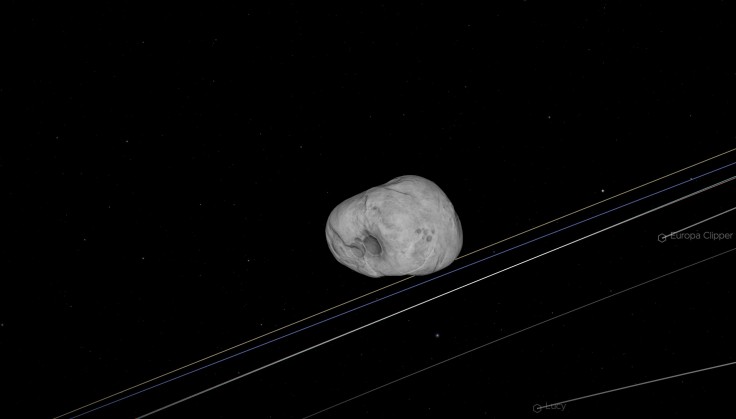
The alternative, championed by Loeb and others, is that the object is not natural. The combination of its massive size (estimated at 5.6 kilometres), its strange composition, its peculiar trajectory, and a chemical signature synonymous with industrial production is, for some, too much to be a coincidence.
Whatever its origin—a rare natural phenomenon or a relic of alien technology—3I/ATLAS is a scientific goldmine. As it hurtles towards its closest approach to the Sun, all eyes will be watching. It has already proven that the universe is far stranger than we imagined and that we have much to learn from these visitors from the void.
The enigma of 3I/ATLAS presents a thrilling scientific crossroads. We are either discovering a completely new, exotic form of natural comet chemistry or facing the profound implications of an object that defies a natural explanation.
As this visitor makes its closest approach to the Sun, the coming weeks will be pivotal. This is history in the making. Stay informed, follow the ongoing observations, and join the debate: What is 3I/ATLAS?
Originally published on IBTimes UK


